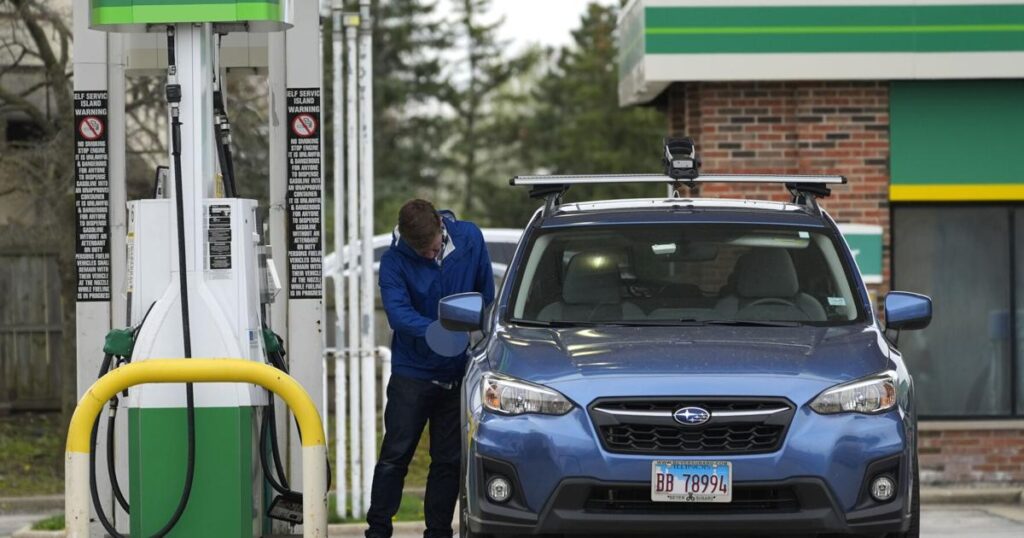U.S. gas prices are falling, offering some relief to drivers. The national average for gas prices currently stands at around $3.44, marking a significant 9 cents drop from just one week ago, according to AAA. This is also a reduction of over 19 cents from the price a month ago and more than 14 cents below the price this time last year.
Industry analysts cite a combination of low demand and high supply, coupled with globally moderate oil prices as reasons for the price drop. AAA spokesperson Andrew Gross attributed the dip in demand to changed behavioral patterns post-pandemic and potential lingering impacts of the COVID-19 pandemic.
Factors Contributing to Falling Gas Prices
Data from the Energy Information Administration revealed a decrease in U.S. gasoline demand to approximately 8.94 billion barrels a day, a significant drop from the pre-pandemic 10 billion barrel-a-day range. Analysts attribute this trend to high gas prices following the 2022 invasion of Ukraine by Russia, persistent inflation, an increase in fuel-efficient cars, and the growing popularity of electric vehicles.
Another factor contributing to the reduction in gas prices is the completion of refinery maintenance, which leads to an increase in output, according to Patrick De Haan, head of petroleum analysis at GasBuddy. The Biden administration’s recent announcement of releasing 1 million gasoline barrels from a Northeast reserve to lower summer prices at the pump also plays a part, albeit a minor one.
The Impact of Oil Prices
Lower oil prices, particularly for the U.S. benchmark West Texas Intermediate crude, are another factor. Their current average of under $78 a barrel is significantly lower than the $80 threshold that typically exerts more pressure on pump prices. These prices can fluctuate due to factors such as production cuts from OPEC and allied oil-producing countries, which have previously led to increased energy prices.
Future Gas Prices
While analysts predict prices could continue to decrease, they caution that factors such as hurricane risks could disrupt this trend. In the absence of such unexpected events, analysts expect the national average to fall between $3.35 and $3.70 per gallon.
Current Gas Prices by State
Gas prices vary across states due to factors such as local fuel requirements and proximity to refinery supply. As of the latest AAA data, Mississippi, Oklahoma, and Arkansas have the lowest average gas prices at $2.94, $2.95 and just under $2.97 per gallon, respectively. In contrast, California, Hawaii and Washington have the highest prices with averages of $4.93, $4.75 and $4.41 per gallon, respectively.
Original Story at www.tribdem.com
